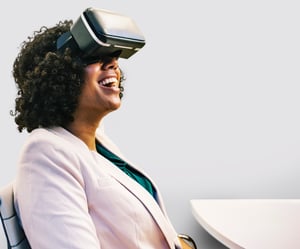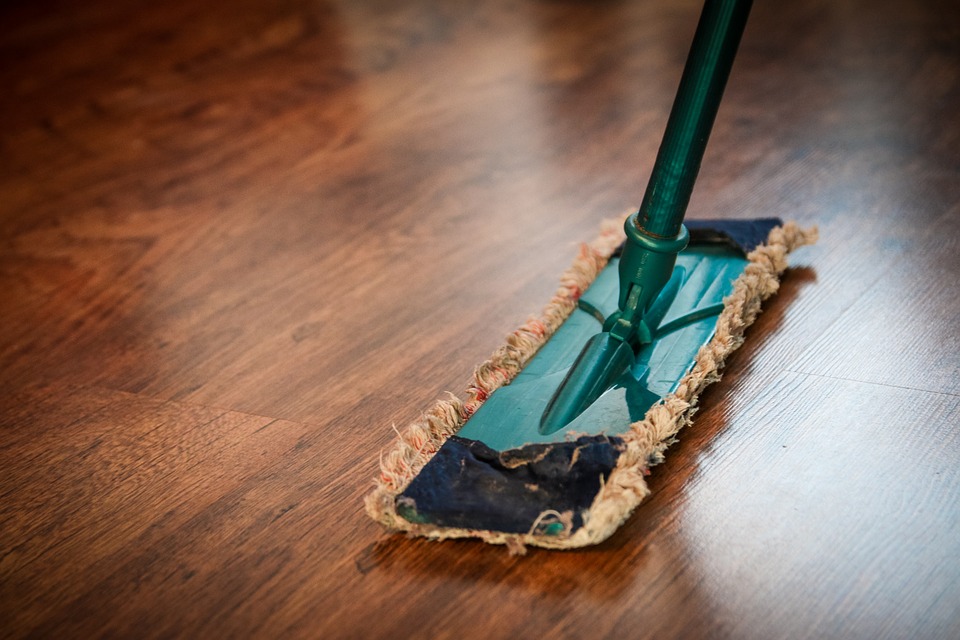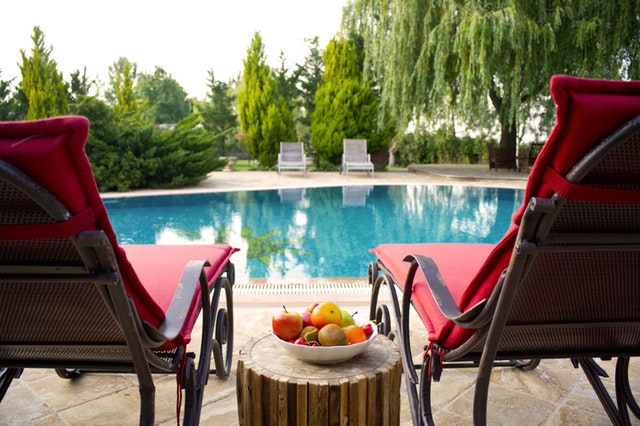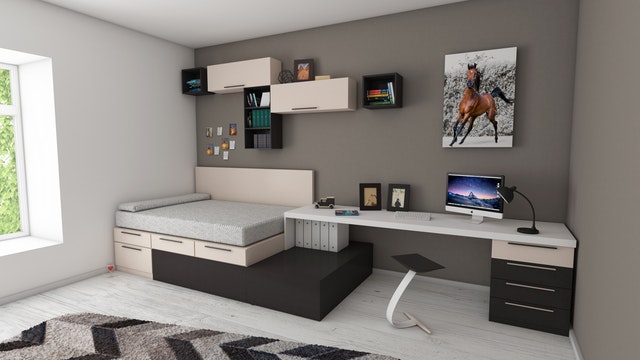 Virtual and augmented reality are finally having their day after a few years of development and mixed reviews. We are finally starting to see VR and AR having a fairly substantial impact on an expansive range of practices and industries. Real estate is one area that’s beginning to be discussed more in relation to VR and AR, and this makes quite a lot of sense when you consider the fact that these technologies are being used more and more for practical, realistic applications, as opposed to just games and gimmicks.
Virtual and augmented reality are finally having their day after a few years of development and mixed reviews. We are finally starting to see VR and AR having a fairly substantial impact on an expansive range of practices and industries. Real estate is one area that’s beginning to be discussed more in relation to VR and AR, and this makes quite a lot of sense when you consider the fact that these technologies are being used more and more for practical, realistic applications, as opposed to just games and gimmicks.
How Virtual and Augmented Reality Are Being Implemented Across Various Industries
- Touring Properties: People are already starting to use virtual reality to tour properties in the early stages of real estate searches. While this can’t exactly be called a common practice just yet, one survey showed that 14.1 percent of consumers have used either augmented or virtual reality in searching for homes. Basically, VR is in some cases taking the place of photo galleries and floor plan tours online, such that instead of just looking at properties, prospective buyers can “tour” them remotely, as if they were there in person.
- Travel Booking: Virtual reality has turned some real world tourism options into virtual ones! You’ll find with just a bit of research that various travel booking platforms are using VR to help potential travelers get a feel for destinations.
- Betting & Gambling: Following legalization in 2018, sports books across the East Coast have rapidly opened up and grown prevalent enough to be reviewed and compare online. In no time, these venues will also embrace VR live betting, a fascinating concept. Through VR, bettors can "attend" sporting events in real time and thus make educated and informed live betting decisions, all in the same app. In theory, technology like this will transport you from your home to a live event in seconds!
- Tourism Activities: VR is helping people to get more intimate and detailed looks at attractions they might want to visit. Museums, art shows and more are all diving into the VR universe so that people can sit at home, strap on a VR headset and tour an entire space. For museums, VR has completely changed the way you can "visit" a site. Tour an entire museum with easily accessible information about the different works of art, from the comfort of your own home.
- Interior Home Design: From the very beginning of AR’s arrival on our mobile phones and tablets, there have been applications allowing us to virtually sample furniture and decorations in our homes. Using these programs we can simply hold phones up to look through them and see what a living room would look like with a new couch - or, in the case of real estate, perhaps what an empty room would look like fully furnished. It’s a means of turning a promising space into something that looks more like a home, and it can help prospective buyers to get a better feel for what they’re considering.
In all of these examples, mixed reality is used not to create an experience that doesn’t exist, but rather to make real experiences more convenient, more enjoyable, and more effective. It’s these types of VR and AR applications we’re still getting used to, and it’s also these that are starting to show the potential to impact the world of real estate and beyond.
These types of experiences are still just starting to trickle into the widespread world of real estate. They do likely offer a glimpse of the future however, and they perfectly demonstrate some of the exciting ways in which tech can improve the industry.
Erica McCall
Erica is the Director of Operations and Marketing for the Glass House team. She spends her time strategizing, creating and implementing new and innovative marketing and operating initiatives for our listings, company and brand. Currently living in sunny Los Angeles, Erica enjoys writing about what makes GHRE unique and how our team helps client achieve their real estate goals in a modern and more affordable way!






